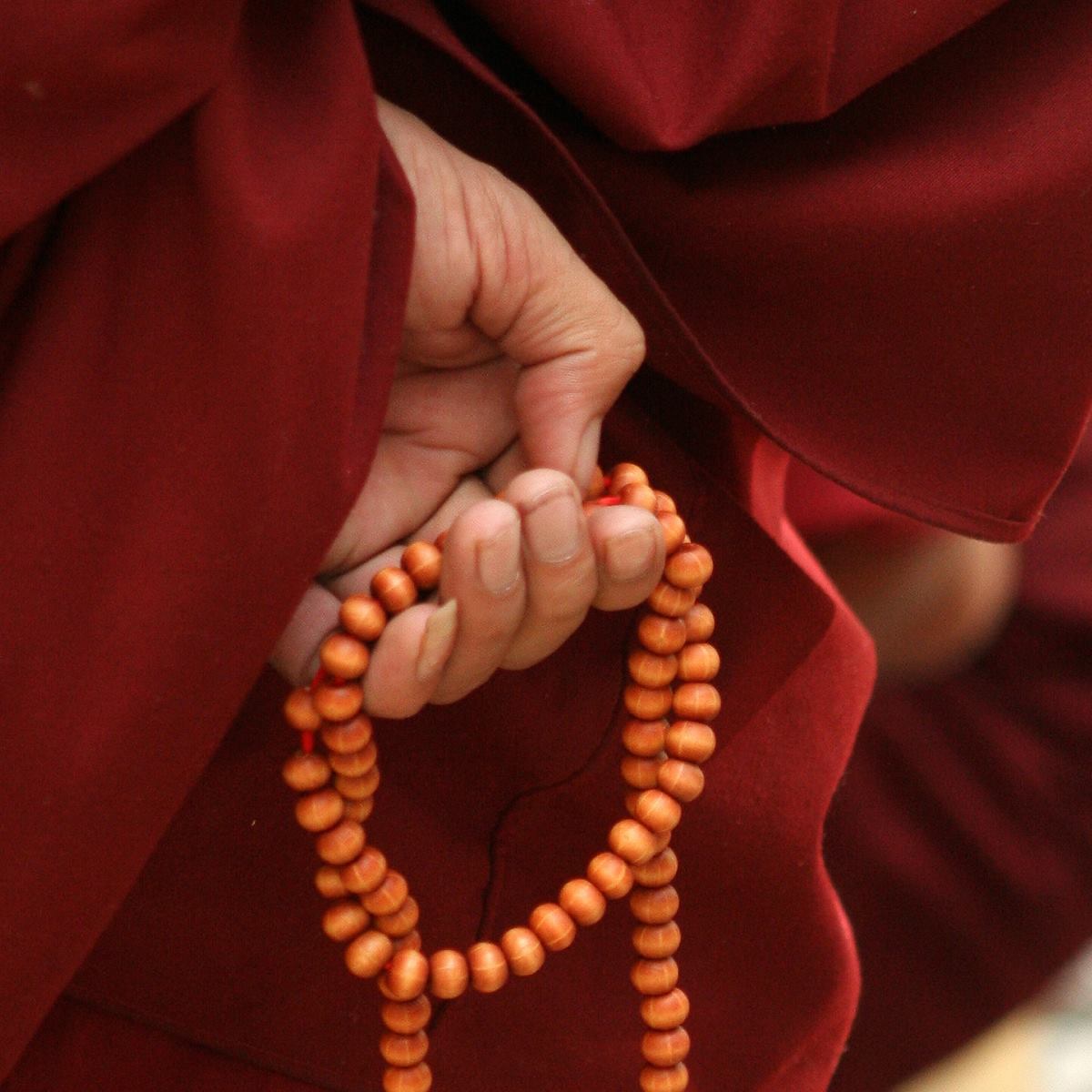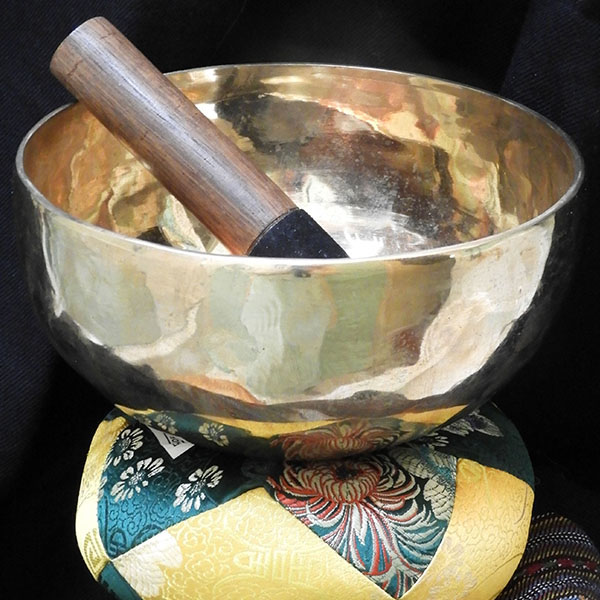Concentration
Concentration is the basis for all other meditations. Without sufficient ability to focus, other methods won’t succeed. The purpose is to keep your mind steady on one chosen object. Initially, the breath is a good object, easy to find, and focusing on the breath itself has many physical and emotional health benefits. There are many other possible objects of focusing. It is recommended to stay with one object to gain more experience and gradually increase the ability to keep the mind stable on one object.
Concentration meditation guided by Sandra Finkel
Suggested reading
Gom: A Course in Meditation
Mindfulness
Mindfulness meditation is practiced to gain insight into mind while keeping the breath as an anchor, noticing where has the mind gone – then retrieving it. Mindfulness can help develop the ability to observe mind without getting entangled in its contents.
The Four Mindfulnesses traditional practiced are:
- Mindfulness of Body: body scan, awareness of physical sensations
- Mindfulness of Feelings: observe pleasant, unpleasant and neutral feelings
- Mindfulness of Mind: learn about workings of the mind through observation
- Mindfulness of Phenomena: all things other than body, feelings, mind itself, such as wholesome and unwholesome actions. Learning through observation
Mindfulness practice can help:
- Cultivate the power of remembrance through paying attention.
- Gain insight through awareness of what’s going on in the mind.
- There are many modern applications in therapy/health recovery/AA, etc.
Suggested reading: Four Mindfulnesses from 37 Wings of Change
Follow-up course: Gelek Rimpoche on the Four Mindfulnesses
Episode 1: 72:49
Episode 2: 121:22
Episode 3: 78:26
Episode 4: 122:04
Episode 5: 123:03
Episode 6: 78:40
Episode 7: 103:25
Episode 8: 193:22
Analytical meditation
Analytical meditation uses the mind’s ability to concentrate by focusing on a specific subject and employing reason and understanding to develop a firm conviction in the truth of what one has analyzed.
Analytical meditation can be practiced to gain insight into subjects such as:
- Analyzing harmful outcomes of anger, attachment, jealousy, etc.
- Cultivating patience, love, compassion by focusing on their benefit and functions
- Analyzing impermanent nature of reality
Analytical meditation on developing patience guided by Sandra Finkel
Visualization
Visualization practice combines the mind’s creative powers of concentration and analysis to visualize helpful and healing symbols or divine forms.
Visualization can be analytical meditation or concentrated meditation or both:
- Concentrated: focusing on simple symbol like lotus flower or an aspect of a divine figure up to the entire figure or entire mandala.
- Analytical: exploring and establishing details – from simple detail to complex mandalas
Visualization supports a firm understanding, belief, intensified interest based on understanding, knowing, tasting, moving through, alive, functioning, real, holding strong connection, affirming that it’s real
Visualization meditation uses the mind’s ability to connect with and generate positive feelings compassion and confidence of purpose and to rehearse being in closer contact with divine nature, draw in energy, and manifest positive energy for the benefit of all beings.
While some of us may think we lack an ability to visualize or find it difficult to see something in their mind’s eye, visualization is more than that. It also has an emotional aspect in terms of affirmation or firm conviction.
Some practical aspects can be explored to help in this practice:
- Close your eyes – see someone close to you
- Close your eyes – see your bedroom – go through every sock drawer
- Read a book – see what images comes up
- Listen to someone telling a story – see what images come up
- Dreaming at night – no senses awake, yet seeing details
Visualization as part of sutra style meditations:
- Recall an event when you were angry or patient or obsessed or in love, etc, then analyze and draw conclusions
- Visualize three people in front of you – friend, enemy, stranger, investigate how we impute that status on them and how it can change
- Mentally rehearse situations we want to do better at
Visualization in Vajrayana can use a visualized mantra syllable or lotus flower or a Buddha image or an image of female Buddha Tara or others, up to more complex mandalas. The purpose is to internalize the image into one’s being, thus accessing the healing and longevity qualities of Tara or awakening one’s potential to have the serenity, compassion and wisdom of Buddha.
Visualization Meditation guided by Sandra Finkel
White Tara Healing Practice Meditation guided by Sandra Finkel





